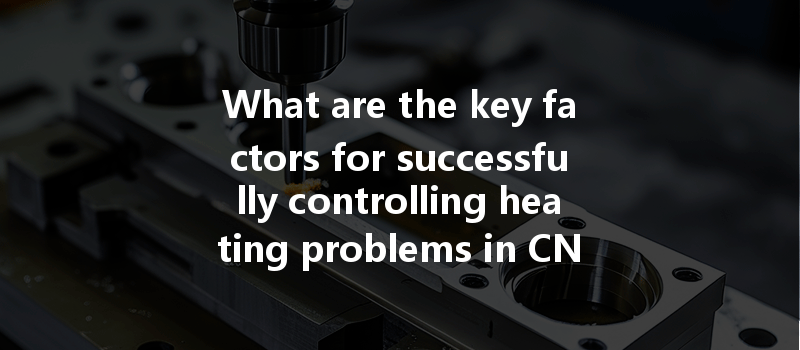Opening: The Heat is on… Literally!
Did you know that improper heat management in CNC machining can result in part failures that amount to millions of dollars in losses annually across various industries? In precision manufacturing, where tolerances are tight and material behavior can significantly affect performance, the ability to control heat during CNC machining is not just beneficial—it’s essential. As manufacturers increasingly turn to stainless steel for its superior strength and corrosion resistance, understanding how to manage the heat generated during machining processes becomes a crucial topic.
In this comprehensive guide, we will explore the intricate relationship between heat and CNC machining of stainless steel. We will delve into effective strategies and technologies that can help control heat, enhance manufacturing efficiency, and ensure the production of high-quality components.
—
In the CNC machining of stainless steel, heat generation is inevitable. The act of cutting, drilling, or milling produces friction between the cutting tool and the material, leading to elevated temperatures. This phenomenon can lead to serious issues such as:
These challenges underscore the importance of effective heat control strategies in CNC machining applications.
—
Selecting appropriate cutting tools is paramount. When machining stainless steel, consider tools made of high-speed steel (HSS), carbide, or ceramic materials, as these can withstand higher temperatures. Furthermore, look for tools designed with specialized coatings, such as TiN (Titanium Nitride) or TiAlN (Titanium Aluminum Nitride), which provide added heat resistance and reduce friction.
Fine-tuning your cutting parameters can significantly reduce heat generation. Key parameters to optimize include:

The right coolant can drastically improve heat management during machining operations. Water-based coolants can effectively lower temperatures, but in cases where enhanced lubrication is required, consider using synthetic or semi-synthetic oils. Implementing a through-tool cooling system can also provide more localized cooling, preventing heat generation at the cutting edge.
Emerging technologies such as real-time temperature monitoring systems and adaptive machining solutions can help manage the thermal aspects of the CNC machining process. By providing real-time feedback, these technologies allow for immediate adjustments to cutting parameters based on temperature changes, reducing the risk of overheating.
Regular maintenance of CNC machines ensures optimal performance and can effectively manage heat levels. Keep cooling systems well-maintained, ensure tool holders are clean and tight, and regularly inspect components for wear and tear. A well-maintained machine will operate more effectively, generating less heat during the machining process.
Incorporating thermal barrier coatings in tooling can offer additional protection against elevated temperatures. These coatings can withstand significant thermal exposure, promoting durability and longevity of tools during prolonged machining operations.
—
While stainless steel is known for its high strength and corrosion resistance, not all grades of stainless steel respond equally to machining processes. Selecting the correct grade (such as 304, 316, or 17-4 PH) for specific applications can significantly enhance heat control efforts. Different grades have varying machinability and thermal properties—understanding these materials can yield better results and reduce machining difficulties.
—
In closing, the success of CNC machining operations hinges on the effective management of heat during the process. By adopting tailored strategies such as choosing the right tools, optimizing cutting parameters, utilizing coolants, and incorporating advanced technologies, manufacturers can not only mitigate the effects of heat but also improve efficiency and product quality.
Understanding these core principles is essential for engineers, machinists, and anyone involved in CNC machining, especially when working with demanding materials like stainless steel. By investing in the right technologies and practices, businesses can not only reduce costs associated with tool wear and part defects but also enhance their competitive edge in a rapidly evolving marketplace.
Remember: In the world of CNC machining, keeping your cool is sometimes the most critical factor for long-term success. Are you ready to take control of heat management in your machining processes? This topic is not just worth thinking about; it’s vital for the sustainability and advancement of machining operations in any modern manufacturing environment.






